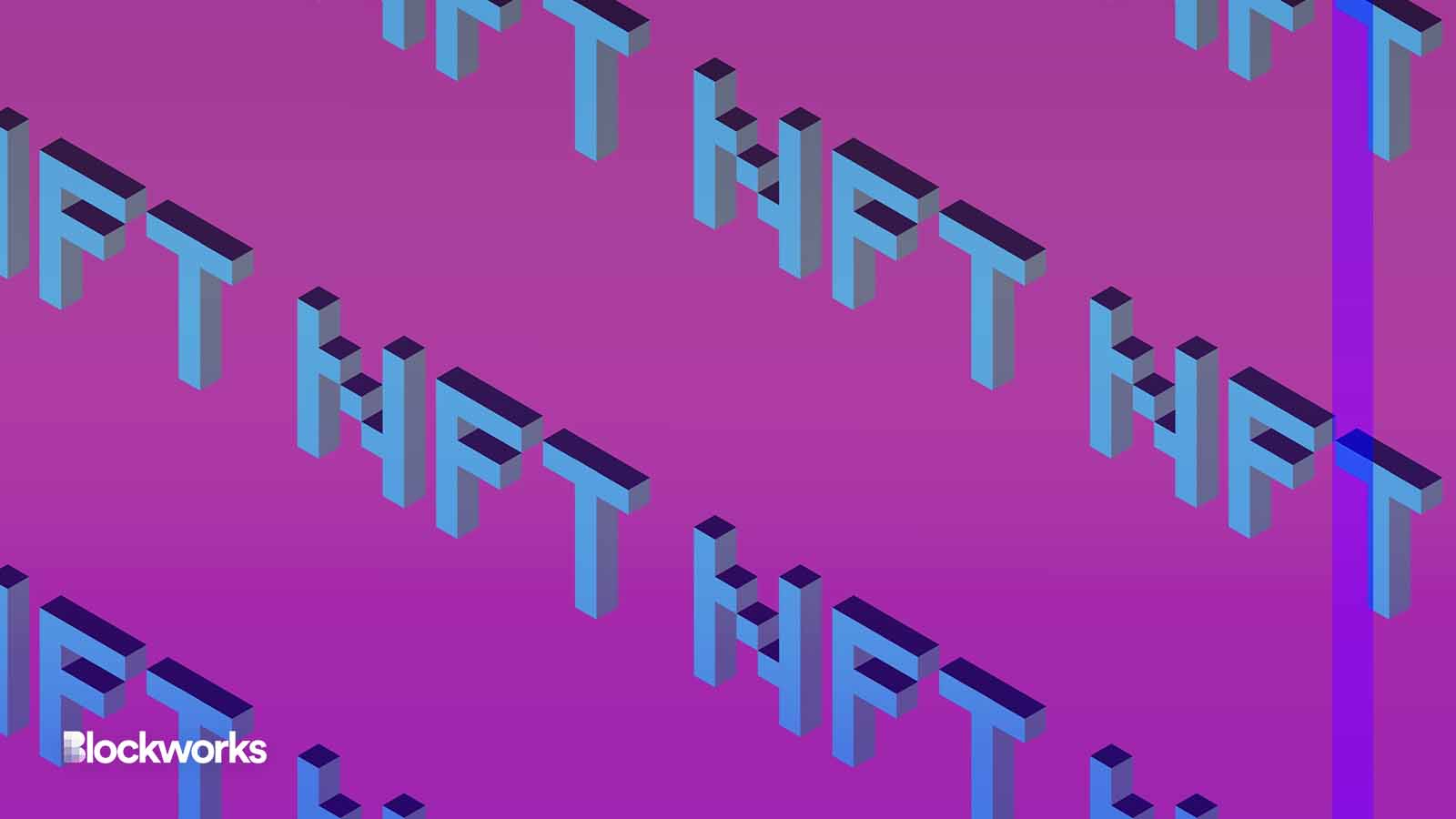Content Creators Need More Token Standards, Folklore Founder Says
Many common functions in Ethereum’s NFT space, like minting and burning, do not exist as token standards

Media_Photos/Shutterstock modified by Blockworks
Ethereum’s ERC-721 and ERC-1155 are probably the most recognizable examples of token standards in blockchain today.
They’re like blueprints, setting out rules for how tokens behave in a protocol and greatly simplifying the creation process. Their predetermined rulesets provide a sort of “package deal” with a variety of functionalities. Plus, they can be trusted as having been carefully audited and confirmed to be compatible with a range of applications.
Without standards, a creator might enjoy more customizability but can run into serious problems when attempting to interact with platforms and interfaces.
So it might be surprising to find out that many common NFT functions, like minting and burning, do not exist as standards. Even the manner in which the InterPlanetary File System, or IPFS, is used to store an NFT’s metadata is not, in fact, standardized.
Folklore founder Rafa spoke to host Chase Chapman about the complexities of standardizing a broader range of NFT interactions on a recent episode of the On the Other Side podcast.
He recognizes that, as much as it’s a cliché to say, we’re still very early. “We’ve barely scratched the surface as to what it means to interact with an NFT, so it’s probably too early to commit to specific standards, but having an eye towards actually developing those standards, that’s great.”
Token standards like ERC-721 are “very limited on purpose,” Rafa says. “The standard is as small as possible to enable interoperability between any interface that wants to connect” with it.
Using relatively limited standards provides flexibility to service providers, Rafa adds, to create additional types of contracts, like minting.
“What that means is that the protocol that you choose gives you the specific mint function that they have designed,” Rafa notes. The function could be gas-optimized, enable air dropping or have burn mechanics, for example.
“You might have a series of different functions that enhance the interaction with the specific NFT or token that you’re actually creating.”
“This is fantastic for creators,” Rafa continues, “because it allows you to experiment.”
But one thing that should not be assumed, he says, is that interfaces are going to build interoperability with all the possible custom functions of various mints.
In the same way that an ERC-721 can not become an ERC-1155, contracts deployed on one platform, like Zora, Rafa says, “can’t become a contract that’s hosted on Manifold or Thirdweb.” Compatibility issues are unavoidable without standardization.
Creators as content liquidity providers
Ultimately, Rafa says, a creator’s ability to distribute their content is “predetermined by the interfaces that support your protocol choice.”
If a creator chooses to create a custom mint function, he notes, the ability for people to mint a given NFT will be restricted to the interfaces that support that particular method. This reduces what Rafa describes as the creator’s “content liquidity.”
Rafa suggests a pathway to greater content liquidity for creators through the expansion of standard sets. Imagining creators as content liquidity providers, Rafa envisions an established standard for minting and burning NFTs as a first step in improving the system.
“The slight downside,” Rafa says, is that whichever protocol “lobbies the hardest and has the largest voice” will be the most influential in determining the standard.
Rafa adds that any protocols which do not already follow that particular standard will then have to be updated to compliance.
“And yes, your contracts, which you may have minted this year, may not be interoperable with many interfaces in the future.”
In a more distant future, Rafa envisions a solution that abstracts away these sorts of issues for creators. An interface could be a sort of “middleware,” he says, “that just swaps in and swaps out contracts.”
In this scenario, Rafa says, “my audience doesn’t even know what protocol they use. We just always use the lowest fee protocol that is composable with the interface.”
“Protocols become commodities.”
Get the news in your inbox. Explore Blockworks newsletters:
- The Breakdown: Decoding crypto and the markets. Daily.
- 0xResearch: Alpha in your inbox. Think like an analyst.






